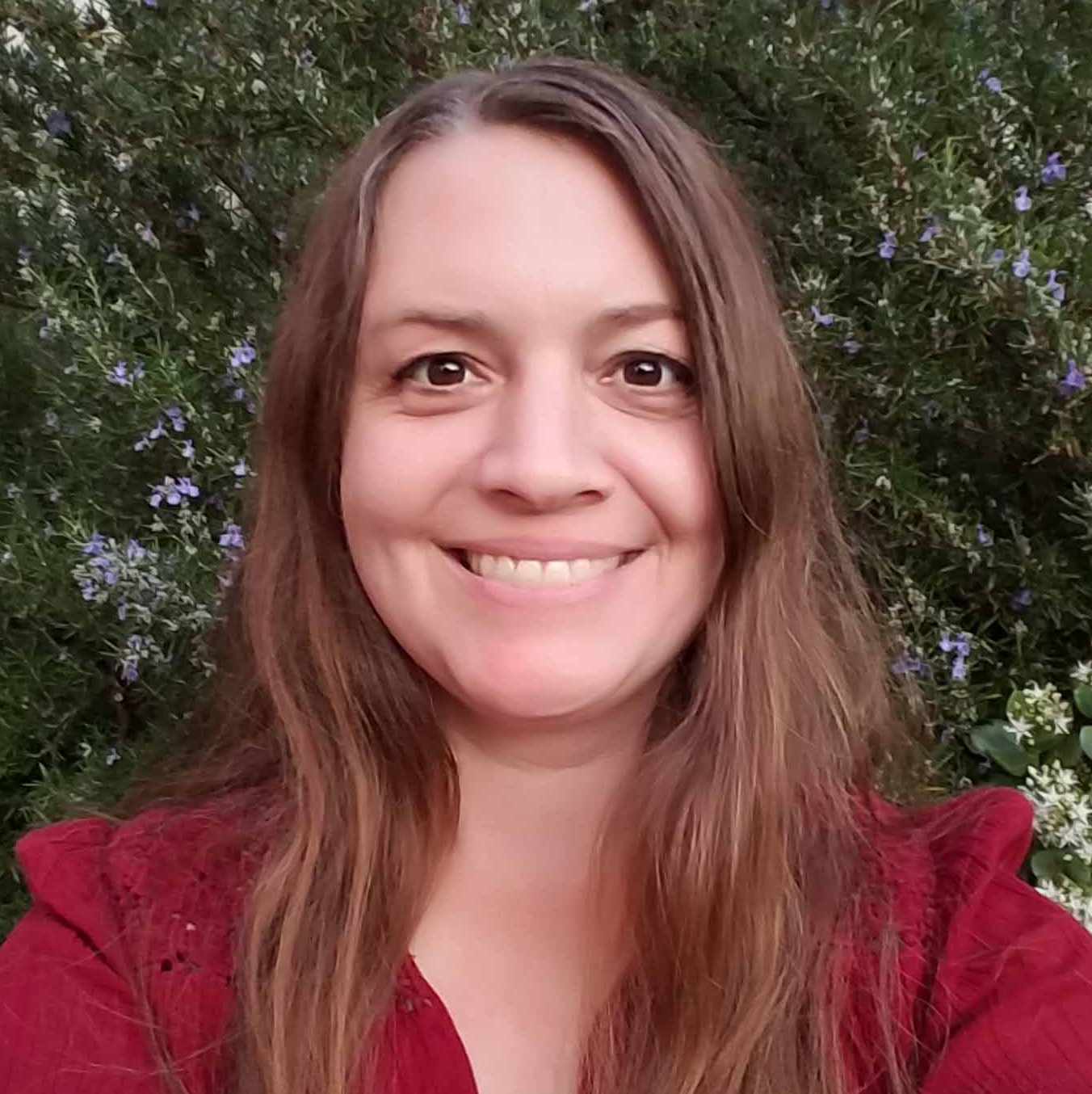
Lead Mapping & Design Analyst
Technology
[email protected]
In The Nature Conservancy’s California Chapter, Megan leads the design and development of high visibility maps, graphics, and other data visualizations for a variety of media, provides geospatial support to real estate planning, and manages core spatial data to track real estate investments. She has over 15 years of experience working in the fields of cartography, geographic information science, ecological restoration and conservation science. Her mapping and design work facilitates the communication and understanding of complex spatial information in order to raise awareness of and advance the Conservancy’s work in California.
Prior to the Conservancy, Megan worked at the Conservation Biology Institute, the Cheadle Center for Biodiversity and Ecological Restoration (CCBER) at the University of California, Santa Barbara, and Magellan Geographix/Maps.com. Megan holds a B.A. in Geography from University of California, Santa Barbara and has completed postgraduate coursework in geographic information science at Oregon State University.
Katie Andrews, Megan Webb, Robin Cox
This interactive webmap takes a multimedia approach to showcase the Conservancy’s conservation legacy in Marin County, California. Eleven achievements are profiled with photographs and…Butterfield, H.S., D. Cameron, E. Brand, M. Webb, E. Forsburg, M. Kramer, E. O’Donoghue, L. Crane
The Western San Joaquin Valley Least Conflict Solar Energy Assessment characterizes the land use constraints and opportunities associated with siting solar energy facilities in the Western San Joaquin…Butterfield, H.S., D. Cameron, E. Brand, M. Webb, E. Forsburg, M. Kramer, E. O’Donoghue, L. Crane
A Conservancy analysis of the western Mojave Desert identified where human activities had degraded the conservation value of lands making them potentially low impact locations for development of solar…Mary Gleason, Sarah Newkirk, Matt Merrifield, Jeanette Howard, Robin Cox, Megan Webb, Jennifer Koepcke, Brian Stranko, Bethany Taylor, Mike Beck, Roger Fuller, Dick VanderSchaaf, Jena Carter
While significant progress has been made over the past few decades in improving estuarine water quality, restoring wetland habitats, and incorporating estuarine habitats into managed areas, estuarine…